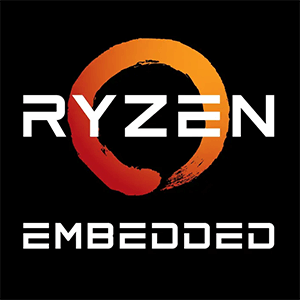Intel Core Ultra 9 285 vs Intel Celeron G5920
We compared two desktop CPUs: Intel Core Ultra 9 285 with 24 cores 2.5GHz and Intel Celeron G5920 with 2 cores 3.5GHz . You will find out which processor performs better in benchmark tests, key specifications, power consumption and more.
Main Differences
Intel Core Ultra 9 285 's Advantages
Released 4 years and 7 months late
Better graphics card performance
Higher specification of memory (6400 vs 2666)
Larger memory bandwidth (102.4GB/s vs 41.6GB/s)
Newer PCIe version (5.0 vs 3.0)
Larger L3 cache size (36MB vs 2MB)
More modern manufacturing process (3nm vs 14nm)
Intel Celeron G5920 's Advantages
Higher base frequency (3.5GHz vs 2.5GHz)
Lower TDP (58W vs 65W)
Score
Benchmark
Geekbench 6 Single Core
Intel Core Ultra 9 285
+326%
3194
Intel Celeron G5920
749
Geekbench 6 Multi Core
Intel Core Ultra 9 285
+1634%
21649
Intel Celeron G5920
1248
General Parameters
Dec 2024
Release Date
May 2020
Intel
Manufacturer
Intel
Desktop
Type
Desktop
x86-64
Instruction Set
x86-64
Arrow Lake
Core Architecture
Comet Lake
285
Processor Number
G5920
FCLGA-1851
Socket
LGA-1200
Arc Graphics
Integrated Graphics
UHD Graphics 610
Ultra 9 (Arrow Lake)
Generation
-
Package
17.8 billions
Transistor Count
-
3 nm
Manufacturing Process
14 nm
65 W
Power Consumption
58 W
182 W
Max Turbo Power Consumption
-
105 °C
Peak Operating Temperature
100 °C
TSMC
Foundry
-
243 mm²
Die Size
-
CPU Performance
8
Performance Cores
2
8
Performance Core Threads
2
2.5 GHz
Performance Core Base Frequency
3.5 GHz
5.6 GHz
Performance Core Turbo Frequency
-
16
Efficiency Cores
-
16
Efficiency Core Threads
-
1.9 GHz
Efficiency Core Base Frequency
-
4.6 GHz
Efficiency Core Turbo Frequency
-
24
Total Core Count
2
24
Total Thread Count
2
100 MHz
Bus Frequency
100 MHz
25
Multiplier
35x
192 K per core
L1 Cache
64 K per core
3 MB per core
L2 Cache
256 K per core
36 MB shared
L3 Cache
2 MB shared
No
Unlocked Multiplier
No
1
SMP
-
Memory Parameters
DDR5-6400
Memory Types
DDR4-2666
256 GB
Max Memory Size
128 GB
2
Max Memory Channels
2
102.4 GB/s
Max Memory Bandwidth
41.6 GB/s
Yes
ECC Memory Support
No
Graphics Card Parameters
true
Integrated Graphics
true
600 MHz
GPU Base Frequency
350 MHz
2000 MHz
GPU Max Dynamic Frequency
1050 MHz
512
Shader Units
96
-
Texture Units
12
-
Raster Operation Units
2
4
Execution Units
12
-
Power Consumption
15 W
-
Max Resolution
4096x2304 - 30 Hz
1.79 TFLOPS
Graphics Performance
0.2 TFLOPS









